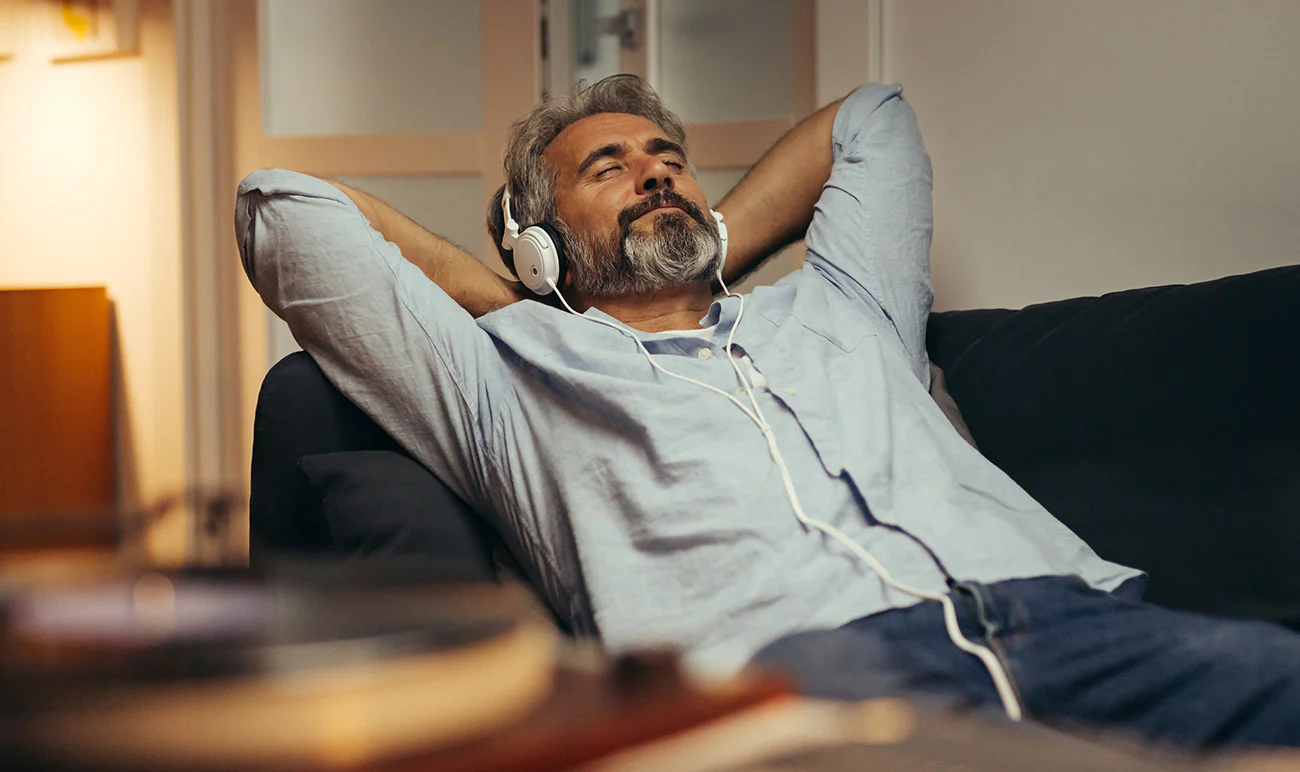
In our fast-paced and often demanding lives, finding effective ways to unwind and manage stress is crucial for maintaining mental and emotional well-being. Embracing relaxation techniques can help alleviate stress, improve mood, and foster a sense of tranquility. Here’s a comprehensive guide to some of the best relaxation techniques to help you achieve deeper relaxation and mental calm.
Top Relaxation Techniques for 2024
1. Deep Breathing Exercises
Deep breathing is a foundational relaxation technique that helps calm the nervous system and increase oxygen flow to the body. By focusing on your breath, you can effectively reduce stress and promote a state of relaxation.
- Diaphragmatic Breathing: Breathe deeply through your nose, allowing your abdomen to expand fully. Exhale slowly through your mouth. Repeat this process for several minutes, focusing on the rise and fall of your abdomen.
- 4-7-8 Breathing Technique: Inhale quietly through your nose for 4 seconds, hold your breath for 7 seconds, and then exhale completely through your mouth for 8 seconds. This technique can help regulate your heart rate and induce calmness.
2. Progressive Muscle Relaxation
Progressive Muscle Relaxation (PMR) involves systematically tensing and then relaxing different muscle groups in your body. This practice helps release physical tension and promotes a sense of overall relaxation.
- Sequential Muscle Tensing: Start by tensing the muscles in your toes and feet, hold for a few seconds, then release. Move up through your legs, abdomen, arms, and neck. Pay attention to the contrast between tension and relaxation in each muscle group.
- Focus on Sensation: As you release tension, notice the feeling of relaxation and let go of any remaining stress.
3. Mindfulness Meditation
Mindfulness meditation encourages you to focus on the present moment and observe your thoughts and feelings without judgment. This practice helps reduce stress, enhance mental clarity, and improve overall well-being.
- Set Up a Calm Space: Find a quiet and comfortable place to sit. Close your eyes and focus on your breath or a specific object of concentration.
- Observe Without Judgment: Acknowledge any thoughts or feelings that arise, then gently bring your focus back to your breath or focal point. Practicing mindfulness regularly can help cultivate a greater sense of calm and presence.
4. Yoga and Stretching
Yoga and stretching combine physical movement with mindfulness, offering a holistic approach to relaxation and stress reduction. These practices improve flexibility, release tension, and promote mental clarity.
- Incorporate Relaxing Poses: Include poses such as Child’s Pose, Cat-Cow Stretch, and Forward Fold into your routine. These poses help alleviate physical tension and promote relaxation.
- Practice Regularly: Engage in yoga or stretching exercises several times a week to experience the full benefits of these practices.
5. Guided Imagery
Guided imagery uses mental visualization techniques to create calming and serene images in your mind. This method helps distract from stressors and induces relaxation by immersing yourself in positive mental imagery.
- Use Guided Imagery Resources: Explore apps or online resources that offer guided imagery exercises, leading you through soothing visualizations.
- Create Your Own Visualizations: Imagine a peaceful place, such as a beach or forest, and focus on the sensory details of that environment to achieve a sense of calm.
6. Aromatherapy
Aromatherapy utilizes essential oils to promote relaxation and reduce stress. The scents of various essential oils have been shown to have calming effects on the mind and body.
- Select Calming Essential Oils: Essential oils like lavender, chamomile, and sandalwood are known for their soothing properties.
- Use in Diffusers or Baths: Add a few drops of essential oil to a diffuser or bath to enjoy its relaxing benefits and enhance your relaxation routine.
7. Journaling
Journaling provides an outlet for expressing thoughts and emotions, helping to alleviate stress and gain clarity. Writing can also help you process feelings and identify patterns or triggers.
- Set Aside Time for Writing: Dedicate a few minutes each day to journaling about your experiences, thoughts, and feelings.
- Focus on Positive Reflections: Consider maintaining a gratitude journal to shift your focus towards positive aspects of your life and promote a sense of well-being.
8. Listening to Music
Music has a powerful impact on mood and relaxation. Listening to calming music can soothe the mind, reduce stress, and improve emotional well-being.
- Choose Relaxing Music: Opt for music with slow tempos and soothing melodies. Classical, ambient, or nature sounds are particularly effective.
- Create a Relaxation Playlist: Compile a playlist of your favorite relaxing tracks to use during stressful moments or as part of your pre-sleep routine.
Conclusion
Incorporating effective relaxation techniques into your daily routine can significantly enhance your ability to manage stress and achieve mental calm. By practicing deep breathing exercises, progressive muscle relaxation, mindfulness meditation, yoga, guided imagery, aromatherapy, journaling, and listening to music, you can foster a greater sense of tranquility and well-being. Embrace these techniques to reduce stress, improve mental clarity, and enjoy a more balanced and peaceful life.
Leave a Reply